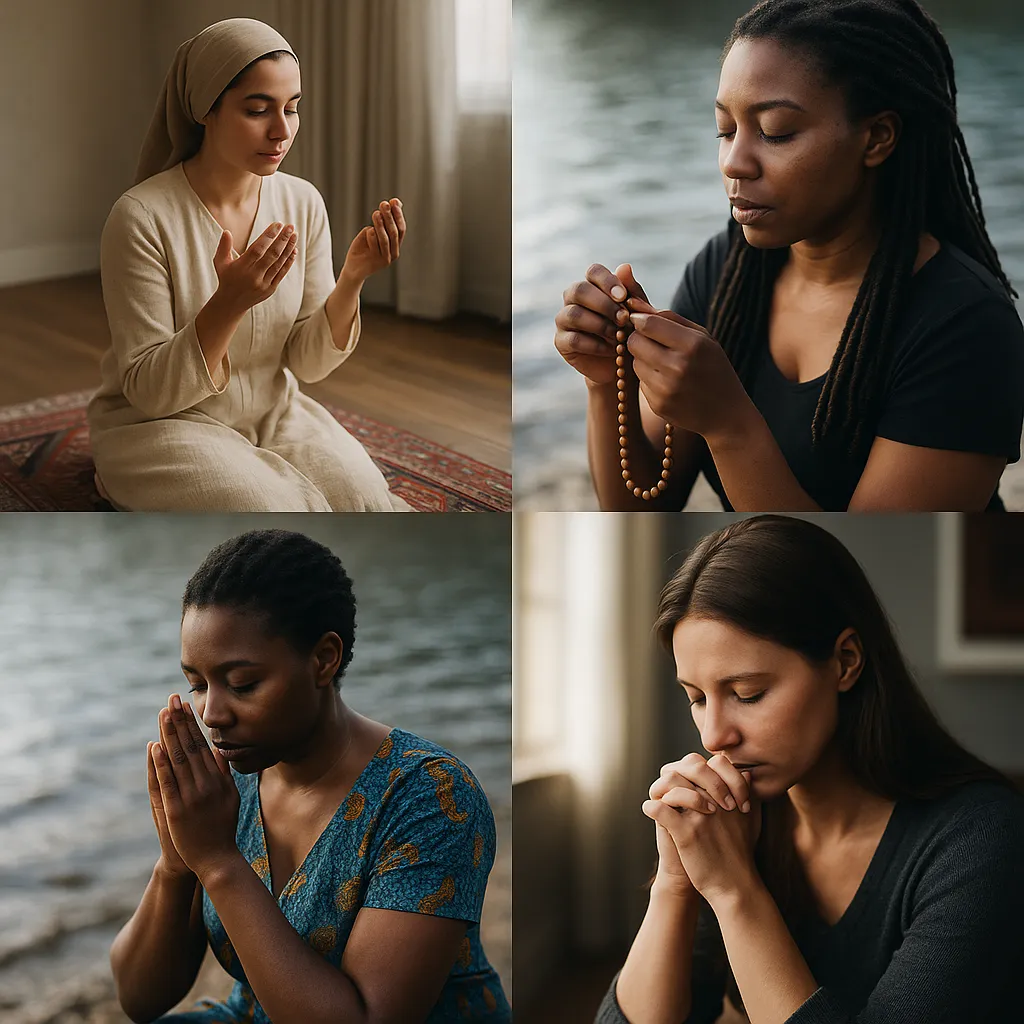
Can I Have a Moment? Understanding Prayer in a New Light
Peace and Blessings, Beloved.
I want to share something deeply personal with you, a story about how my understanding of prayer has evolved. About 10 to 15 years ago, I started writing a book about prayer. But let me tell you, that book was full of anger. It was harsh. I was spilling everything out—throwing up on the page, so to speak. I was writing about everything wrong with religion, everything that frustrated me, especially how organized religion was being practiced. It was a toxic mess, and I let someone read it. They gently said, "You might want to rethink how you're presenting this. It comes across as an attack." And at the time, I was convinced that I was meant to dismantle religion.
But as I grew and reflected on my own journey, I realized something important: religion, in any form, is beneficial. It's not just about organized religion. It can be something personal, something we practice at home with sincerity. Religion serves people, and it serves communities, in ways that can be empowering. The problem wasn’t religion itself—it was my relationship to it, and how I was looking at prayer.
And that’s when I began to shift. I understood that the first thing we need to do with prayer is really understand what it is. We have to reclaim prayer in its purest form, and that's not something to approach with anger or hatred. Prayer is deeply personal, and how we engage with it is sacred.
I’ve come to realize that the language of prayer varies. Take Christianity, Islam, or any other organized system, for instance. The way people pray in these systems is very different from how prayer is understood in African Traditional Spiritual Systems. The language is different. The approach is different. And that’s okay. Understanding these different languages is crucial. Prayer doesn’t have to be one-size-fits-all. And it doesn’t need to be approached with frustration or resentment—it can be reframed with an open heart and mind.
In this new series, The Neuroscience of Prayer, I want to demystify prayer. I want to break it down and explore it with you. Prayer isn't just about kneeling down or bowing your head. It’s about communion with infinite intelligence, breathing deeply, feeling the pulse of the womb in sacred union with the divine. It’s about honoring the inner altar of our lives, aligning our body, mind, and spirit to radiate divine energy. And most importantly, it’s about understanding how manifestation works.
Prayer is more than words—it’s energy, intention, and deep alignment. We’re going to explore what empowered prayer looks like in the modern age, and how we can reclaim it, together. The old ways of prayer—the kind where we bow in submission—are not always working for the new generations. We have to speak the language of the youth, the new age moms, dads, and children who are looking for something more. The Gen Xers are the bridge, the ones who can bring knowledge to the next generation.
One of the ways I can contribute is by opening my mind and sharing my journey with you. This series is about more than prayer. It’s about redefining how we understand it, how we practice it, and how we invite divine energy into our lives in a way that is authentic, aligned, and transformative.
So, take this journey with me. Let’s demystify prayer and discover its power together. Let’s explore how prayer can shift our minds, bodies, and spirits in ways we never imagined.